Survival
Essentials for Building Off-Grid Houses
I have a wonderful guest post today from the folks over at Survivopedia. I really liked this and wanted to share it with you guys. I’ll be back tomorrow with a […]
Bow Hunting Part II: Picking Out Equipment
Today I present to you the second part in Roberts Bow Hunting series. I am loving this series and learning so much. Let’s just get right to it then. -James […]
How to Purify Water with Iodine for Survival
Today I have a guest post from the good people over at survivopedia. I think that iodine %2 tincture is great for water purification, better for you than bleach, and should […]
Archery Hunting: New Age With An Old Twist
Today I have a guest post from friend Robert Rice on archery hunting. It’s a subject I’m very interested in and have no had a chance to do yet. You […]
Lessons Learned From The Tough Mudder
This past Saturday I ran in the Nashville Tough Mudder with some Crossfit friends. This was the first race I had ever ran and by far the longest I’ve ever […]

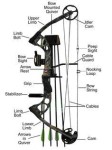

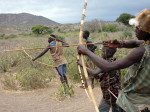

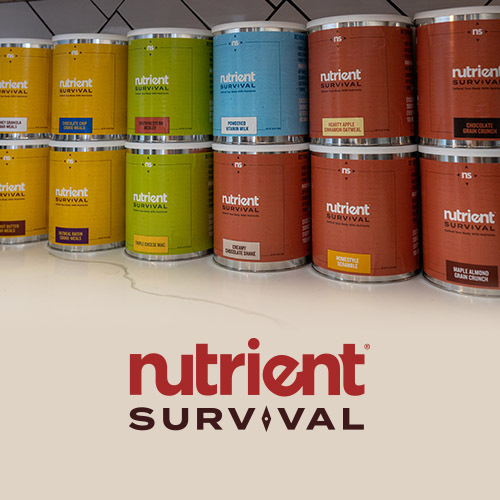



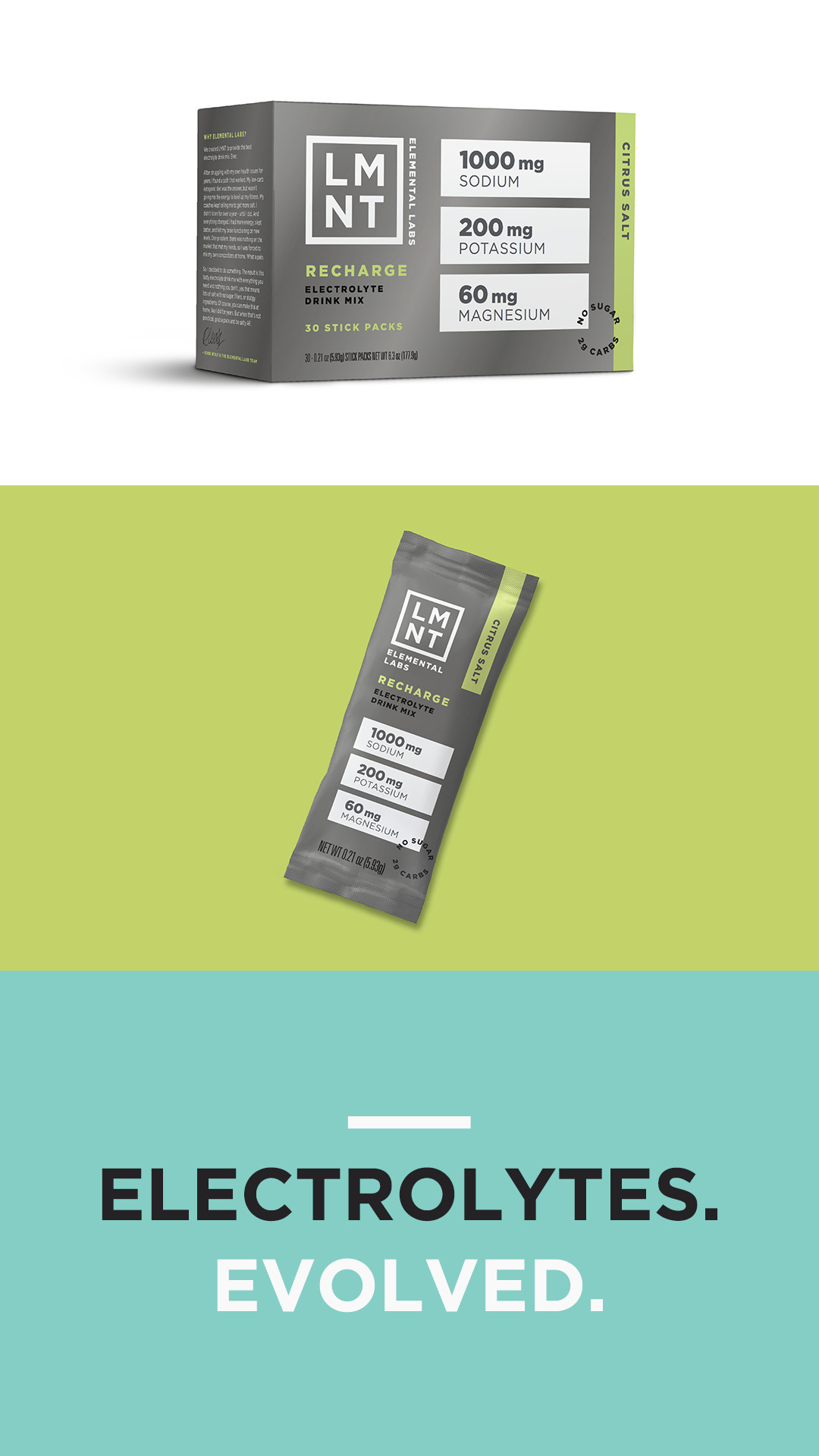

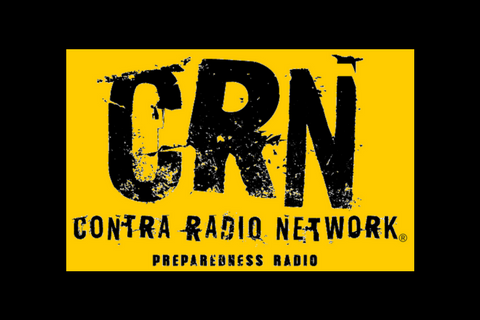
Follow Us!